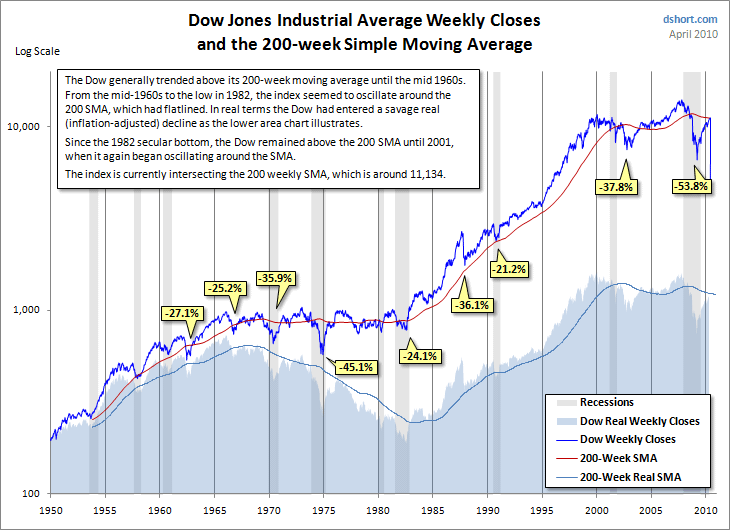


Lastly, calculate the EMA for each day between the initial EMA value and today. After that, calculate the weighting multiplier. EMAs also react faster to recent price changes than SMAs.Īn EMA has to start somewhere, so an SMA is used as the previous periods EMA in its first calculation. The difference between the SMA and EMA is that SMAs look at all data equally while EMAs will factor recent market moves higher in weight. It gives greater weight to more recent prices and are calculated by applying a percentage of today’s closing price to the recent(yesterday) moving average. To calculate SMA, divide the total of closing prices by the number of periodsĮxponential Moving Average is the 2nd most widely used technical indicator. Each time a new period occurs, the moving average moves forward dropping its first data point and adding the newest one.Ĥ3.41, 43.52, 43.21, 43.77, 43.58, 43.63 = 261.12 It is very easy to understand and is calculated by adding prices over a given number of periods, then dividing the sum by the number of periods.įor example a 10-day SMA would add together the closing prices for the last 10 days and then divide the total number by 10 a simple arithmetic mean. There are two commonly used moving averages:Īs the name implies, it is the simplest form of moving average. It may also be calculated for any sequential data sets, opening and closing prices, high and low price, trading volume, or any other indicators. The common application of moving averages is to identify the trends direction. As the price changes, its moving average either increases or decreases. They can also be used to provide dynamic support and resistance levels as the markets moves higher or lower.Ī moving average is simply showing the average price over a certain period of time. Moving Averages are used widely by traders on their price action charts because they can track and identify trends by smoothing the markets fluctuations.Ī moving average is a technical indicator that helps you smooth out price action and it can also identify the predominant trend in a market.
200 SMA AND 200 EMA HOW TO
How to Use the Moving Average in Your Trading?.What are the Most Popular Moving Average Combinations?.What Markets is a Moving Average Used in?.Give it a try and you'll wonder why you ever had separate indicators for RSI and Stoch RSI clogging up both your screen and indicator allowance.
200 SMA AND 200 EMA FREE
My free Combined RSI and Stochastic RSI Indicator, is also shown on the chart above and will save you valuable space on your trading screen, since you are strictly limited to the number of indicators you can use at one time. SMAs are shown with thicker lines (as they change direction slower, think heavier and more respected).EMAs are shown with thinner lines (as they change direction faster, think light and quick).The 21 and 55 EMA are undoubtedly the most powerful, and somewhat a self-fulfilling prophecy since so many people follow them.21, 55, 89 and 200 are four of the most commonly used/respected exponential moving averages.a recent big move up/down will be reflection sooner. The 200MA in particular provides very strong support/resistance on longer time frames.Ī slightly more sophisticated version of the moving average, the EMA gives more weight to recent price action (i.e.50, 100 and 200 are three of the most commonly used/respected moving averages.Smooths out the price across each period to reveal short, medium and long term trends and potential areas of support or resistance. Switching off all except the most important periods in the indicator settings (21 & 55 EMA + 100 & 200 MA) can help keep a nice clean trading chart, if that is your preference. Add to your favourite scripts now at the bottom of this page and stay ahead of the game.

As you can see on the chart and previous time periods, BTC often bounces off these, giving you an insight into possible future price movement. Free to use indicator combining all important time periods for two of the most valuable trading tools: EMAs and SMAs.


 0 kommentar(er)
0 kommentar(er)
